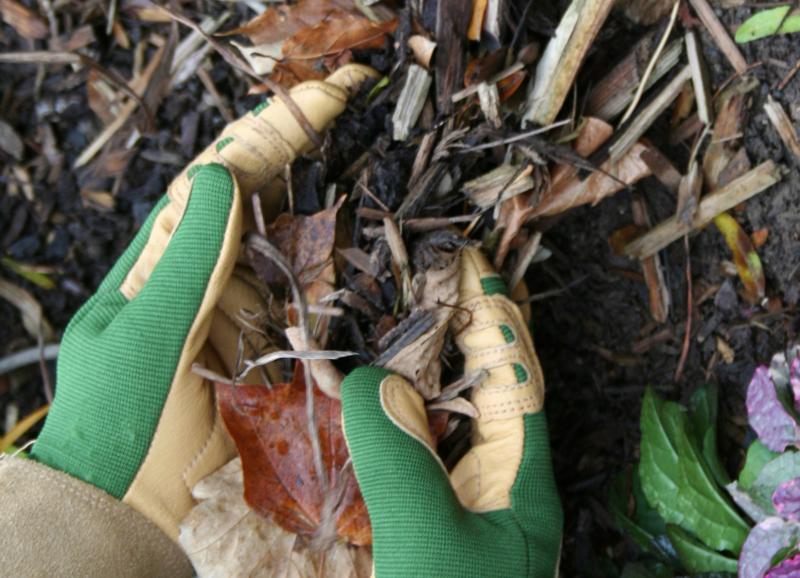Summer has arrived, and for many so has the heat.
High temperatures and dry conditions often lead to watering bans. This is not only hard on gardeners but also our gardens and lawns.
Fortunately, there are ways to help plants thrive despite stressful growing conditions.
Adjust landscape care based on the weather conditions, each plant’s tolerance level and your gardening goals. Enlist these low-maintenance, eco-friendly strategies to help keep your landscape looking its best throughout the summer months.
Water plants thoroughly to promote deep, drought- and pest-resistant roots. Wait until the top few inches of soil are crumbly and moist or footprints remain in the lawn before watering again.
Avoid light, frequent watering that encourages shallow roots. Shallow roots are less able to tolerate drought, and more susceptible to disease and insect problems.
Water early in the day when possible to minimize water lost to evaporation. Avoid late-evening watering that leaves foliage wet going into the night. This can increase the risk of disease.
Spread a two- to three-inch layer of shredded leaves, evergreen needles, or shredded bark mulch over the soil in garden beds, and around trees and shrubs. Mulching will conserve moisture, keep roots cool and damp, and suppress weeds. As the organic mulch decomposes, it adds nutrients and organic matter to the soil. All these benefits stem from one maintenance task.
Mow lawns high and often, removing no more than one-third the total height of the grass. Taller grass produces deeper roots, making the lawn more drought tolerant and more resistant to insects, disease, and other environmental stresses.
Leave the grass clippings on the lawn. They add nitrogen, organic matter, and moisture to the soil. One season of clippings is equal to one fertilizer application. Every time you mow, you are improving the soil and fertilizing the lawn.
Sharpen your mower blades to save time by boosting efficiency. Your mower will consume 22 percent less fuel and your lawn will use up to 30 percent less water when your mower blades are sharp.
Use a low-nitrogen, slow-release fertilizer if your lawn and garden plants need a nutrient boost. These types of fertilizers release small amounts of nutrients over an extended period of time. The low level of nitrogen reduces the risk of damaging your already heat-stressed plants.
Remove weeds from garden beds and borders as soon as they appear. These “plants out of place” steal water and nutrients from your desirable garden plants. Plus, they can harbor harmful insects and diseases. Removing them before they flower and set seed means you will have fewer weeds to pull next season.
Provide stressed plants with a bit of shade from the hot afternoon sun. Containers can be moved to a more sheltered spot during heat waves. Add a bit of temporary shade to garden plants that are struggling to survive in the blazing sun. A strategically placed chair, lattice or umbrella may be all that is needed. As temperatures drop, you can move plants back in place and remove the temporary shade.
Use the shade to your advantage as well. Garden in shady spots whenever possible or use a pop-up canopy to provide shade when needed. Always drink plenty of water, use sunscreen, and work during the cooler morning and evening hours.
Then take some time to enjoy your handiwork. Look at the progress that has been made as you sit back, relax and enjoy your favorite beverage.


















































